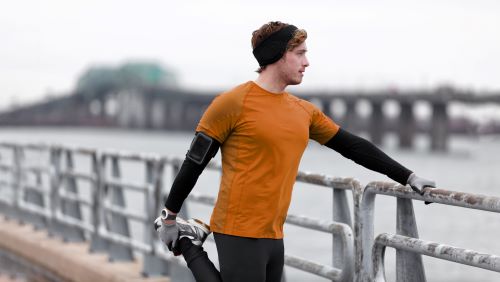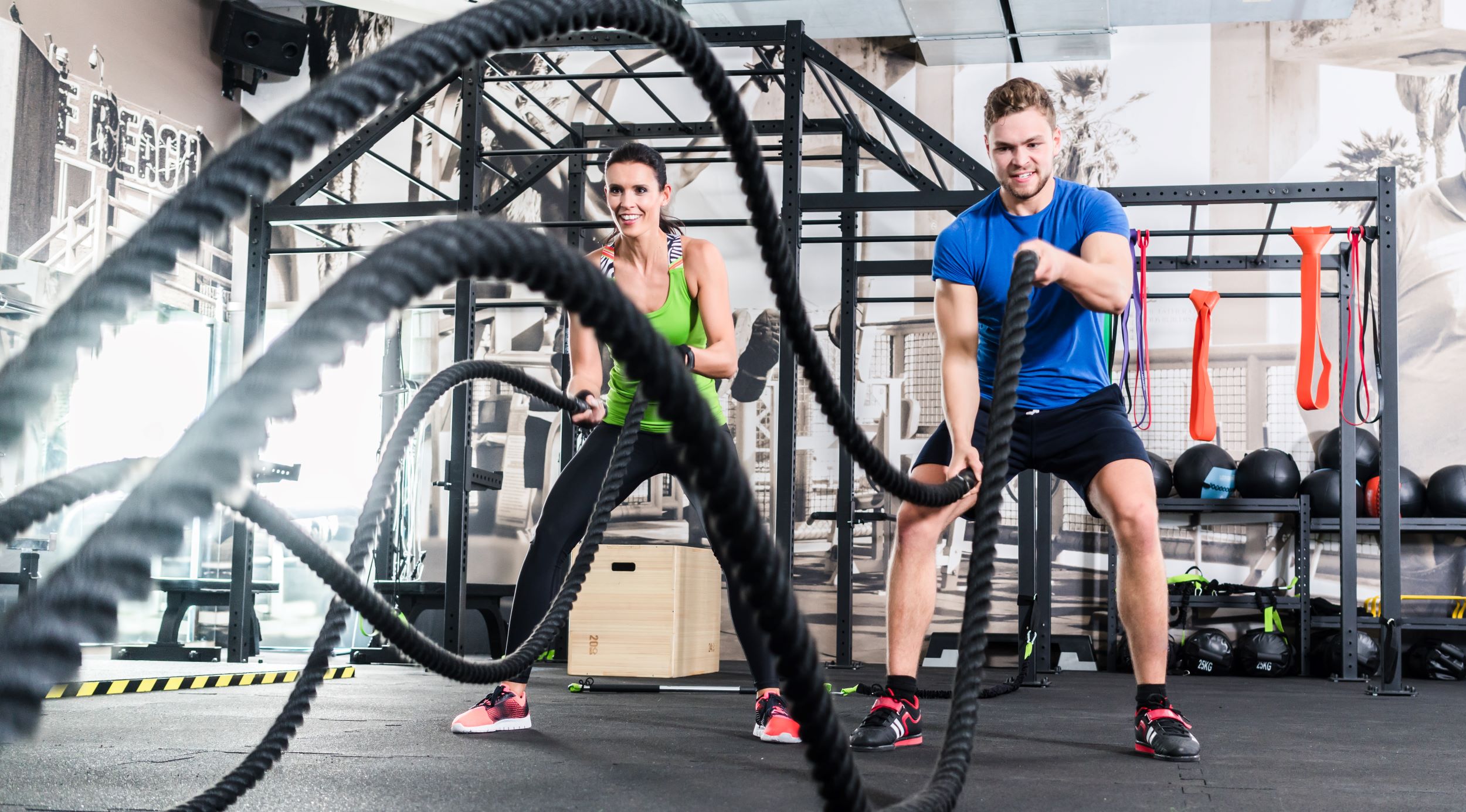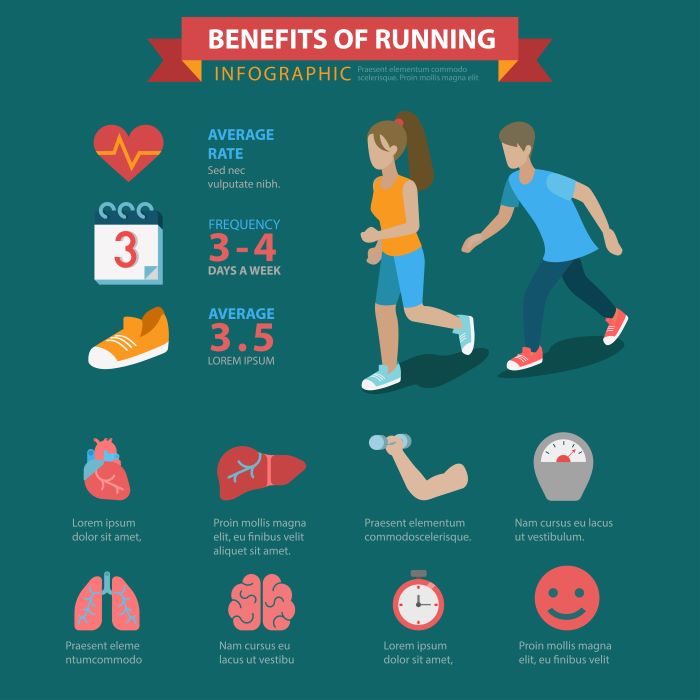The glutes, or gluteal muscles, are a key group of muscles that play a vital role in running performance. Comprised of three main muscles—the gluteus maximus, gluteus medius, and gluteus minimus—these muscles are responsible for a variety of essential functions.
Primarily, the gluteus maximus is the largest muscle in the human body and is crucial for hip extension, which is essential during the push-off phase of running. This helps propel the body forward while maintaining stability and balance. The gluteus medius, on the other hand, aids in hip stabilization and prevents excessive lateral movement, which can lead to injuries. Lastly, the gluteus minimus assists with hip abduction and internal rotation, contributing to a more efficient running form.
When it comes to understanding how does running workout your glutes, it’s important to recognize that these muscles are activated throughout the entire running motion. As you run, the glutes work to support the pelvis and spine, allowing for optimal movement. This activation not only enhances performance but also plays a significant role in injury prevention by distributing the impact forces more effectively.
To make the most of your running routine, it’s beneficial to incorporate specific glute-strengthening exercises into your training. These can include squats, lunges, and bridges, all of which can help activate and strengthen these crucial muscles. Visit our website to learn more and get started today! Click here.
How Running Engages Your Glute Muscles

When you run, your body engages various muscle groups to facilitate movement, and the glute muscles are among the most actively involved. The process of running is dynamic, requiring coordinated muscle contractions that effectively recruit the glutes at different phases of the gait cycle.
During the stance phase, which occurs when one foot is on the ground, the gluteus maximus plays a pivotal role in keeping the body stable. This muscle helps control hip extension and maintains pelvic alignment, which is essential for efficient running. As you push off the ground, the gluteus maximus generates significant force, propelling your body forward.
In the swing phase, when your foot is off the ground, the gluteus medius becomes increasingly important. This muscle helps stabilize the pelvis and prevents excessive hip drop, which can lead to poor running mechanics and potential injuries. The gluteus minimus also assists in this stabilization process, ensuring that your legs move in a straight line, which is crucial for maintaining speed and efficiency.
Moreover, the glutes also engage in a form of eccentric contraction when your foot strikes the ground. This action helps absorb the impact forces, reducing the stress placed on the knees and lower back. Therefore, a strong set of glute muscles not only enhances your running performance but also contributes to a lower risk of injury.
Benefits of Strong Glutes for Runners
Having strong glutes is vital for runners, as they play a significant role in enhancing performance and preventing injuries. Here are some key benefits of robust glute muscles for those who hit the trails:
- Improved Power and Speed: Strong glutes are essential for generating explosive power during sprints and hill climbs. The gluteus maximus, the largest muscle in the body, contributes significantly to acceleration, allowing runners to achieve faster speeds efficiently.
- Enhanced Stability: Well-developed glute muscles provide stability to the pelvis and lower back, which is crucial for maintaining proper running posture. This stability helps prevent excessive lateral movement, leading to a more efficient running form.
- Reduced Injury Risk: Strong glutes help in absorbing impact forces during running, which can minimize the strain on the knees and lower back. By stabilizing the pelvis, they can also prevent common injuries such as IT band syndrome and runner’s knee.
- Better Endurance: Runners with strong glutes can maintain their running form for longer durations. When your glutes are weak, other muscles compensate, leading to fatigue and potential overuse injuries. Strong glutes help maintain efficiency and reduce fatigue during long runs.
- Improved Posture: Strong glutes contribute to better alignment of the spine and pelvis, which is essential for maintaining good posture while running. Proper posture not only improves performance but also enhances breathing efficiency.
By focusing on strengthening the glutes through targeted exercises, runners can experience these benefits firsthand, making their running journey more enjoyable and productive.
Effective Running Techniques for Glute Activation

To maximize the benefits of running and ensure that your glutes are effectively engaged, incorporating specific techniques can make a significant difference. Here are some effective running techniques for glute activation:
- Focus on Your Form: Maintaining an upright posture with a slight forward lean can help activate your glutes. Keep your shoulders relaxed and arms at 90 degrees, driving them back and forth to enhance your running motion.
- Shorten Your Stride: Over-striding can lead to reduced glute activation. Instead, aim for shorter, quicker steps which allow your glutes to engage more effectively as you push off the ground.
- Engage Your Core: A strong core supports your lower body. Engaging your core while running helps stabilize your pelvis, allowing your glutes to function optimally. Think about tightening your abdominal muscles gently as you run.
- Incorporate Hill Workouts: Running uphill naturally activates your glutes more than running on flat surfaces. The incline forces you to engage your glutes to propel yourself forward, enhancing strength and activation.
- Utilize the Glute Bridge: Before starting your run, perform glute bridges to activate your glutes. Lying on your back with your feet flat on the ground, lift your hips towards the ceiling while squeezing your glutes. This exercise primes your muscles for running.
- Mind-Muscle Connection: During your runs, consciously think about your glutes and how they are working. Focusing on activating your glutes can improve their engagement and effectiveness throughout your run.
By integrating these techniques into your running routine, you can ensure that your glutes are not only activated but also strengthened, paving the way for improved performance and reduced injury risk.
Complementary Exercises to Boost Glute Strength

While running is a fantastic way to engage your glutes, incorporating complementary exercises into your fitness routine can significantly boost glute strength and endurance. Here are some effective exercises that target the glute muscles:
- Squats: This foundational exercise primarily targets the glutes, quads, and hamstrings. Stand with your feet shoulder-width apart and lower your body as if sitting back into a chair, keeping your weight in your heels. Aim for three sets of 10-15 repetitions.
- Lunges: Lunges not only enhance balance but also activate the glutes effectively. Take a step forward with one leg and lower your hips until both knees are bent at about a 90-degree angle. Alternate legs for three sets of 10-12 repetitions per leg.
- Deadlifts: This exercise engages the entire posterior chain, including your glutes. With your feet hip-width apart, hinge at your hips to lower the weights towards the floor, keeping your back straight. Perform three sets of 8-10 repetitions.
- Hip Thrusts: To isolate the glutes, hip thrusts are incredibly effective. Sit on the ground with your upper back against a bench and roll a barbell over your hips. Drive through your heels to lift your hips towards the ceiling. Aim for three sets of 10-15 repetitions.
- Step-Ups: Using a sturdy bench or platform, step up with one foot while driving the opposite knee up. This exercise not only activates the glutes but also improves coordination and balance. Perform three sets of 10-12 repetitions per leg.
Integrating these complementary exercises into your workout routine can enhance your glute strength, improve your running performance, and contribute to overall fitness. By targeting the glute muscles from various angles, you promote muscle growth and functional strength.
Conclusion: Running and Glute Workouts Explained

In summary, the question “does running workout your glutes?” can be answered with a resounding yes. Running effectively engages your glute muscles, contributing to their strength and endurance. As you run, the glutes play a crucial role in propelling you forward and maintaining stability, making them essential for any runner looking to improve performance.
However, to maximize the benefits of running, integrating complementary exercises specifically targeting the glutes is highly beneficial. Incorporating movements such as squats, lunges, and hip thrusts not only enhances muscle activation but also promotes overall lower body strength, which is vital for efficient running. The combination of running and strength training can lead to improved biomechanics, reduced injury risk, and enhanced athletic performance.
By understanding the relationship between running and glute workouts, you can tailor your fitness regimen to achieve your personal goals. Whether you’re a seasoned runner or just starting out, focusing on your glutes will provide a solid foundation for success.
Visit our website to learn more and get started today! Click here.


